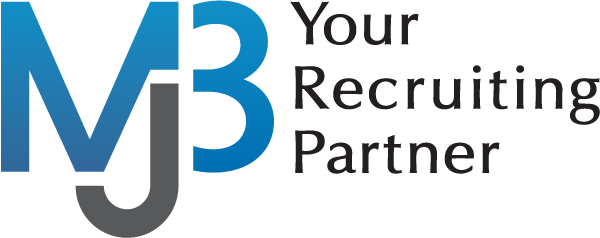In a speech on Monetary Policy and Price Stability, Federal Reserve Chair Jerome Powell described the current labor market as lopsided. In July, the U.S. economy added 500,000 jobs and yet there are twice as many job vacancies as there are unemployed people. This is all to say that it’s still a strong candidate market even with interest rates continuing to climb. As recruiters, we often hear these statistics mentioned in news stories or addressed at company meetings, but what economic indicators are most important to understand when assessing hiring trends across various industries?
Employment Cost Index
Every month, the U.S. Bureau of Economic Analysis releases an economic outlook that tracks how the U.S. economy is performing. These statistics are used by the Federal Reserve to set monetary policy, academia to track U.S. productivity as well as the business community to plan financial strategies which include assessing job market forecasts. The Bureau of Labor Statistics (BLS) also tracks important economic indicators like the employment cost index (ECI) which compares the cost of employees for employers over time and takes into account both wages and benefits. What the ECI can tell us is which occupations have had the highest wage growth. In BLS’s most recent data on the employment cost index, the ECI across civilian workers increased 5% over the last year while the ECI for private industry increased 5.5%. The report also showed these gains came from the professional and business services, health care, and retail industries.
Unemployment Rate
Another key indicator of economic strength or weakness is the unemployment rate. This rate is determined by measuring the share of workers in the labor force who are not currently employed but are actively seeking employment. What this rate doesn’t include are workers who have not been looking for work in the last 30 days. Currently, the U.S. unemployment rate is at 3.7% and has returned to pre-pandemic levels but economists warn that solely basing an economy’s health on the unemployment rate can be misleading. For example, economists state the unemployment rate can increase or decrease due to the size of the labor force and for the first time in history, the U.S. has 5 generations of wage earners in the labor market. While not certain, this could explain why the Federal Reserve had expected to see more workers entering the labor market last month, but instead has continued to see them leave the workforce altogether.
While the best indicator of economic growth may be the U.S.’s gross domestic product (GDP), recruiters would benefit most from understanding the employment cost index and the factors that affect the unemployment rate. These two metrics provide insights into possible recruiting challenges or better, uncover more business opportunities. In a tight labor market, companies may need to loosen the job requirements or increase base salaries to remain competitive. If recruiters can identify these needs early in a search, we can offer up solutions that remain within budgeted SLA’s. In the end, recruiters who stay abreast of economic conditions serve as true strategic partners in the hiring landscape.
